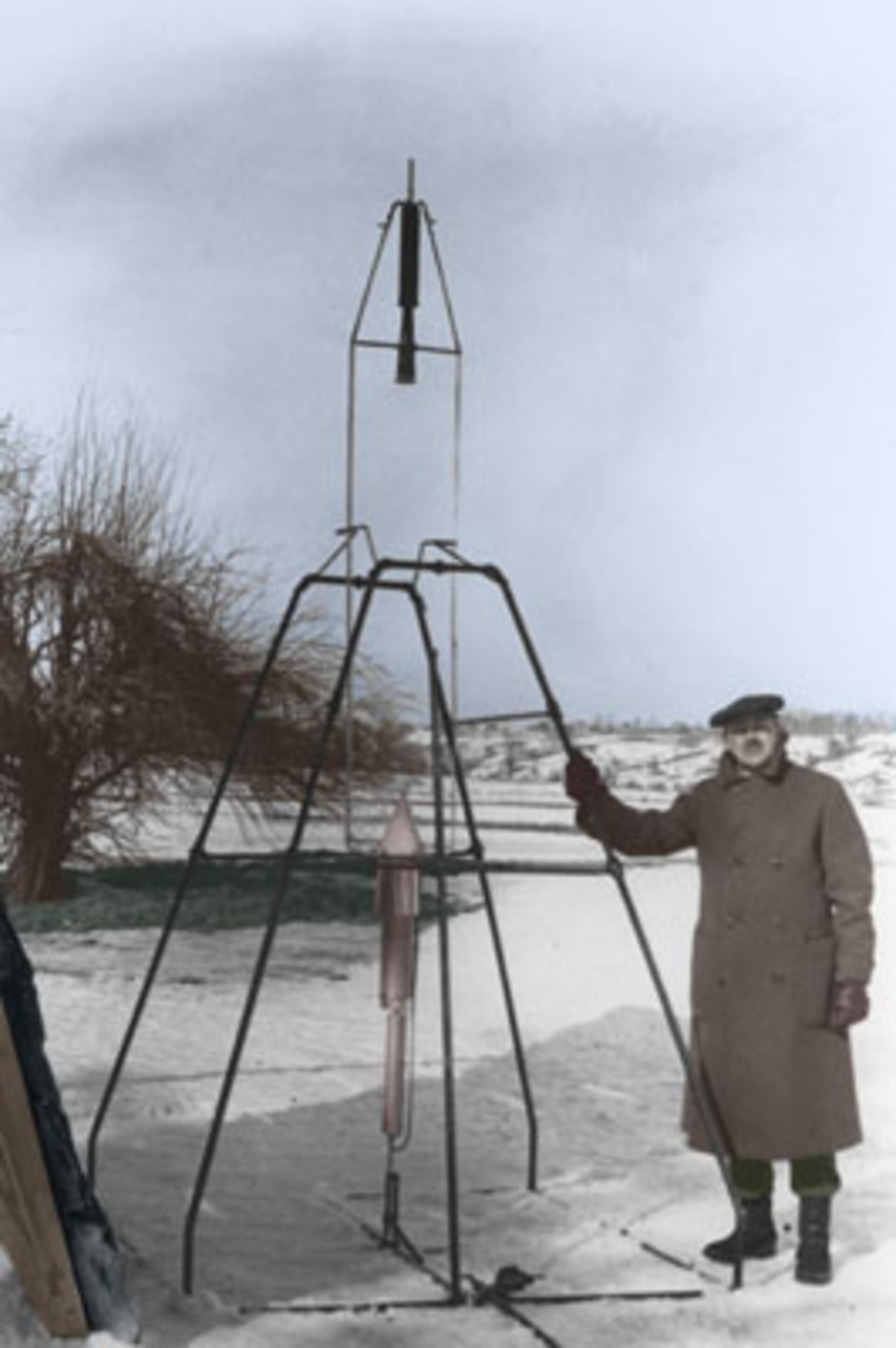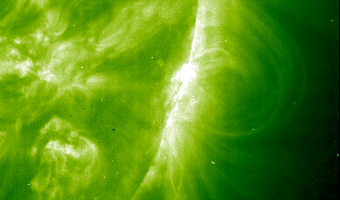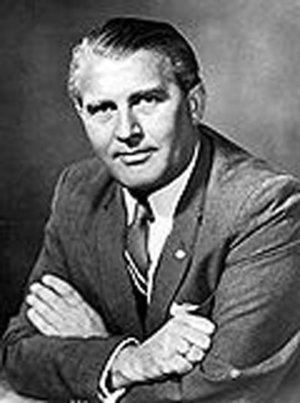7 November
1918: On 7 November 1918, US rocket pioneer Robert H. Goddard demonstrated a tube-launched solid propellant rocket, using a music stand as his launching platform.
Goddard began work for the Army in 1917 to design rockets to aid in the war effort. By September 1918, Goddard had presented the US Army Signal Corps with several options. The simplest version could be fired from trenches; the largest could carry an small payload a distance of about one kilometre.
Many of these rockets were successfully demonstrated at the Aberdeen Proving Ground, Maryland, on 7 November 1918. Further development led to the World War II ‘bazooka’, a small, hand-held rocket launcher.

1631: On 7 November 1631, French astronomer and mathematician Pierre Gassendi made the first observation of the transit of a planet. Kepler had predicted a transit of Mercury would occur in 1631. When Gassendi observed the dot of Mercury passing across the face of the Sun, he was surprised - it seemed far too small, according to ancient conceptions of the relative sizes of heavenly objects.
With a Galilean telescope he observed the transit by projecting the Sun's image on a screen of paper. He recorded this in Mercurius in sole visus (1632) as support for the new astronomy of Johannes Kepler. His instrument was not strong enough, however, to disclose the occultations and transits of Jupiter's satellites.
Gassendi was born on 22 January 1592 in Champtercier, France, and died 24 October 1655 in Paris.










